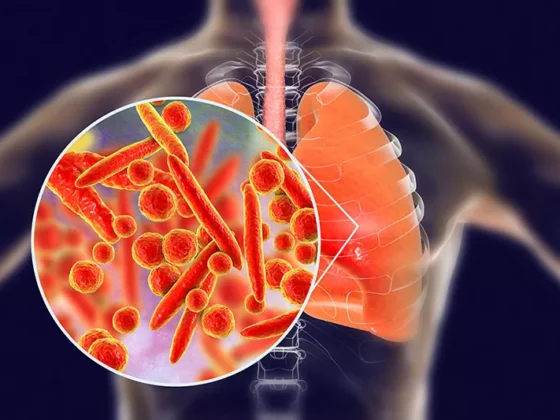Babies’ movements linked to muscle control and coordination, say researchers
Babies are known for their adorable wiggles, kicks, and movements that bring joy to parents and onlookers alike. But have you ever wondered why babies engage in such seemingly purposeless movements? A recent study conducted by researchers from the University of Tokyo has shed light on the purpose behind these infant motions, revealing their role in muscle control, movement, and coordination.
The research team captured and analyzed the detailed movements of newborns and infants using a combination of musculoskeletal computer models and neuroscientific methods. By observing the random exploration of babies, the researchers identified patterns of muscle interaction that lay the foundation for future sequential movements.
Study reveals the significance of spontaneous movements in sensorimotor development
“Our study focused on muscle activity and sensory input signals for the whole body. By combining a musculoskeletal model and neuroscientific method, we found that spontaneous movements, which seem to have no explicit task or purpose, contribute to coordinated sensorimotor development,” explained Project Assistant Professor Hoshinori Kanazawa from the University of Tokyo.
To gather data, the joint movements of 12 healthy newborns, all less than 10 days old, were recorded. Additionally, motion capture technology was used to track the movements of 10 young infants, approximately 3 months old. The researchers then analyzed the spatiotemporal features of the interaction between input signals and muscle activity using computer algorithms.
The findings revealed an intriguing phenomenon known as “sensorimotor wandering,” wherein infants’ movements appeared to meander and engage in various sensorimotor interactions. Kanazawa remarked, “We were surprised that during spontaneous movement, infants’ movements ‘wandered’ and they pursued various sensorimotor interactions.”
Sensorimotor wandering’ phenomenon points to infants’ exploration and curiosity
Furthermore, the study suggested that infants develop their own sensorimotor system through exploratory behavior and curiosity, exhibiting a variety of actions rather than repeating the same action. The research also highlighted the conceptual connection between early spontaneous movements and spontaneous neuronal activity, providing valuable insights into the intricate development of infants’ sensorimotor abilities.











